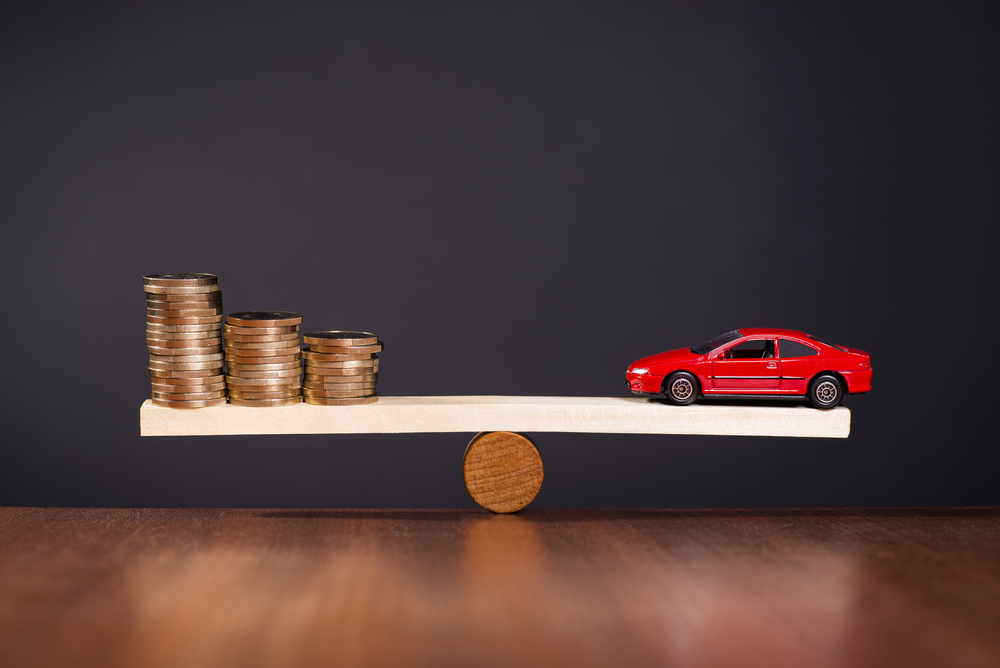A guide to what a balloon payment is.
31 May 2015 · Staff Writer

For most children, a balloon is a joyous bouncy airborne toy, which can provide endless entertainment. However, a balloon payment is something completely different and doesn’t instill as much joy, particularly as the time draws nearer to final instalment.
A balloon payment is a lump sum payment that is attached to a loan. The payment is normally paid at the end of a loan, and has a higher value than your regular repayment charges.
“The Balloon Payment Option provides the client with reduced monthly repayments. This is a lump sum payment that forms part of the contractual pay-plan and is repayable at the end of the agreement,” explains Nedbank.
Tip: To apply for competitive vehicle financing today, click here.
Standard Bank explains that the reason why a balloon payment is so big, is “because when you hold back most of your money and only pay the majority of your loan back at the end, your last payments will be bigger.”
This is due to the fact that compound interest accumulates throughout the time you have the loan. Therefore, the debt inflates like a balloon.
Features of a balloon payment
Nedbank explained that there are several features to a balloon payment:
Balloon loans
According to the Calculator Site, any loan agreement you have that comes with a balloon payment is known as a ‘balloon loan’, which runs over longer terms.
This is however not always true. The Calculator Site says to think of a bigger loan means a bigger final payment.
Mortgagees, personal loans, and car sellers will often have balloon payments attached to them.
Investopedia explains that the average homeowner could not make a balloon payment at the end of a mortgage, even if substantial principal payments were made throughout the loan.
Therefore, “most homeowners and borrowers plan in advance to either refinance a mortgage near the balloon-payment date, or simply sell the home before the maturity date.”
Why you should not agree to a balloon payment
Balloon payments are often used as a gimmick by car dealers and sellers to reduce the price of the instalments.
So, the larger your balloon payment at the end, the smaller your monthly instalments on your new or used car will be.
This kind of set up may sound attractive to buyers initially as it means that they are able to ‘afford’ a more expensive car for ‘less’. This ‘attractive’ deal will soon however become unattractive, particularly if you come to the end of your term and have no way in which to pay the last balloon payment up.
Often, customers have no choice but to roll up the balloon payment in another loan in order to repay the amount. This is not ideal as it means you will pay more interest over the long term and take longer to pay off your loan as well.
For more information on how to get the best vehicle finance deal, click here.
For more information on the real risks of balloon payments, click here.
Free tool

info@justmoney.co.za
4th Floor, Mutual Park, Jan Smuts Drive,
Pinelands, Cape Town, 7405
© Copyright 2009 - 2025 · Powered by NCRCB29
Terms & Conditions
·
Privacy Policy
·
PAIA Manual
View your total debt balance and accounts, get a free debt assessment, apply for a personal loan, and receive unlimited access to a coach – all for FREE with JustMoney.